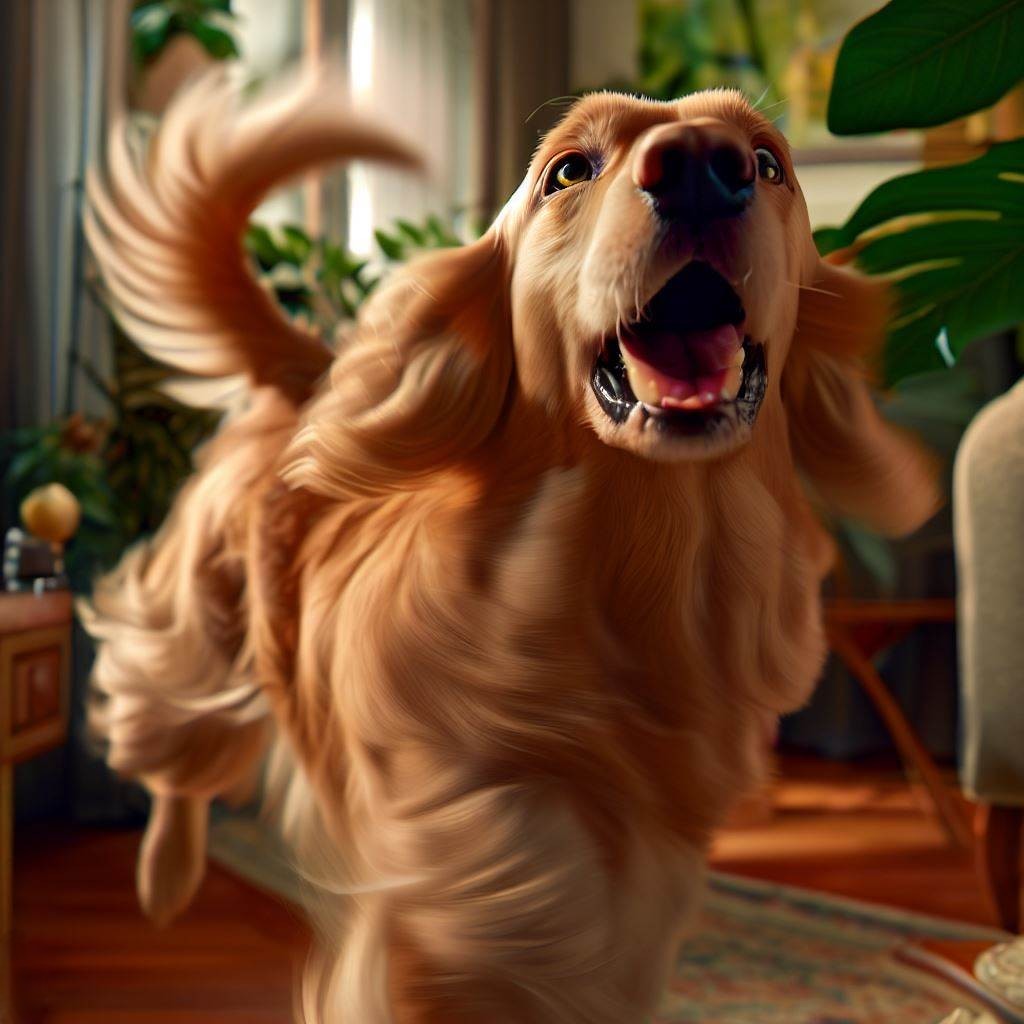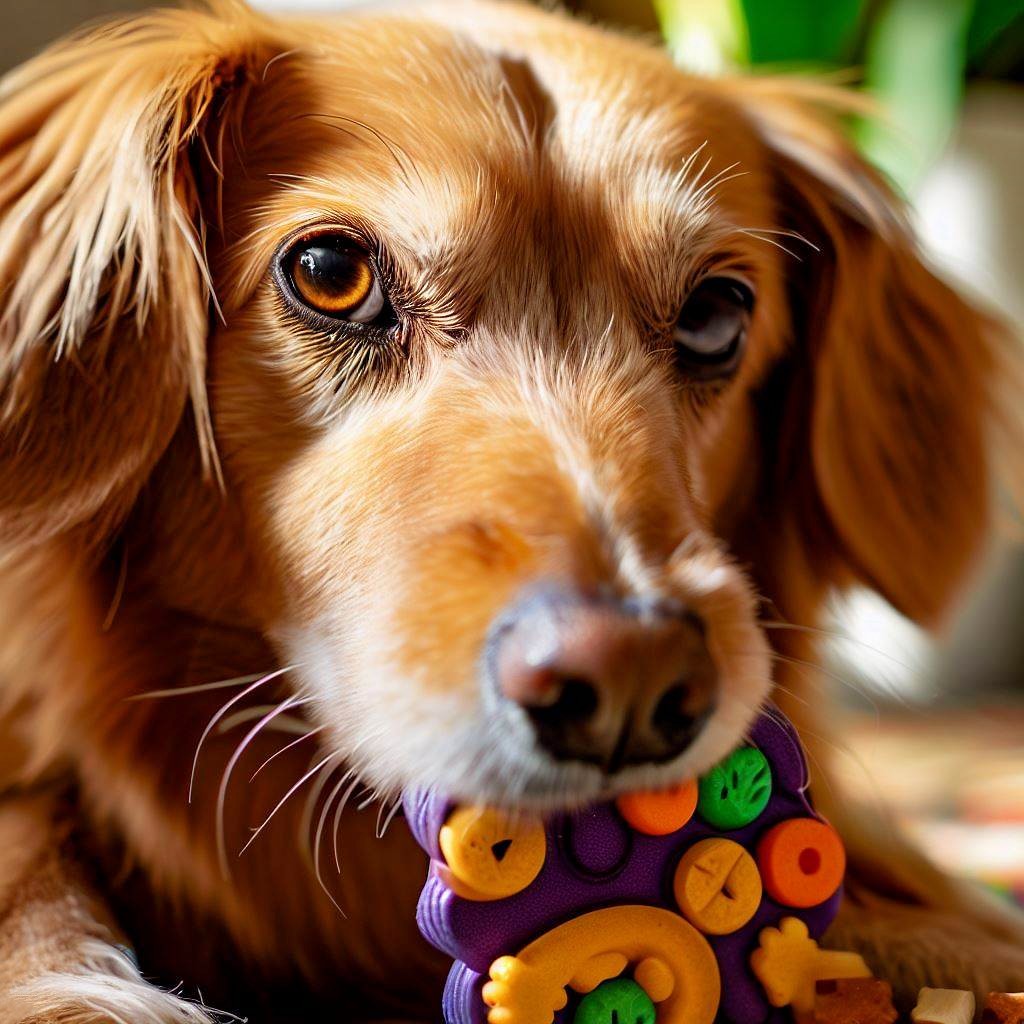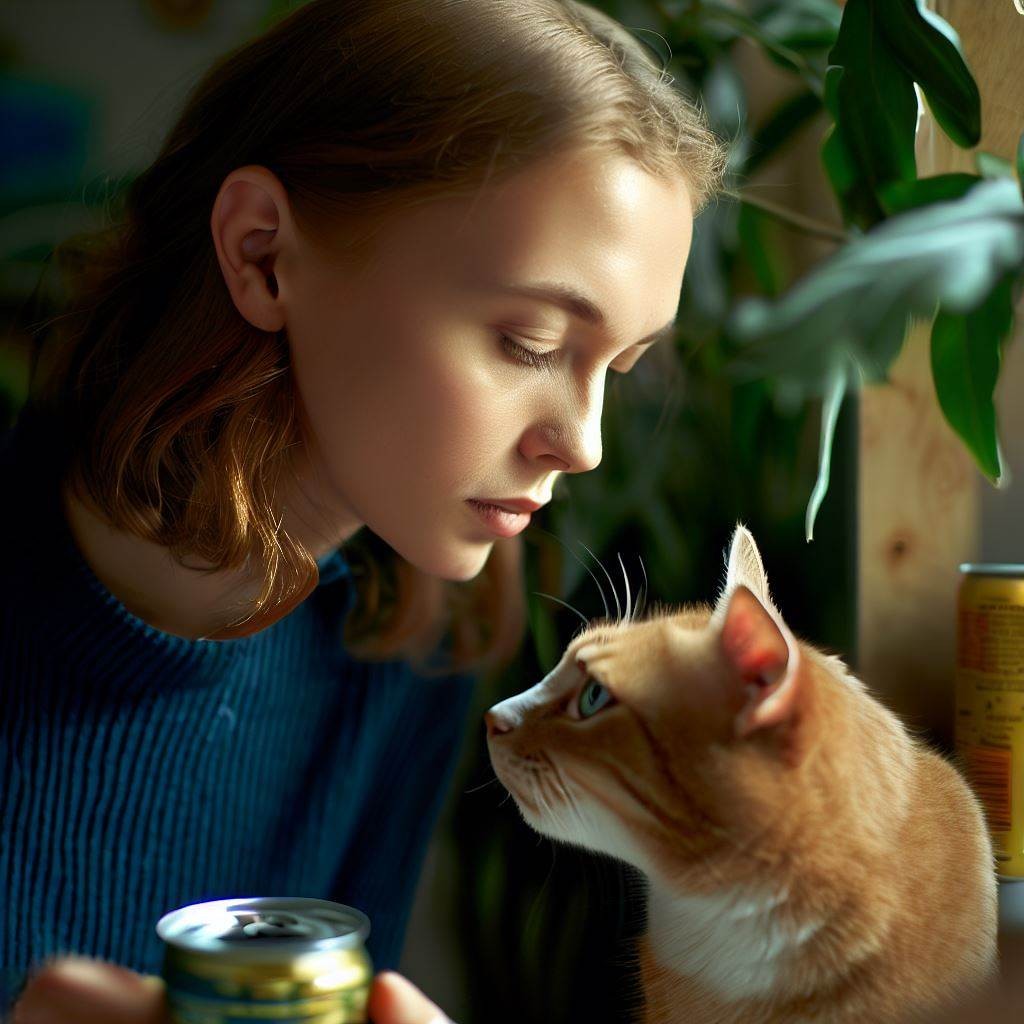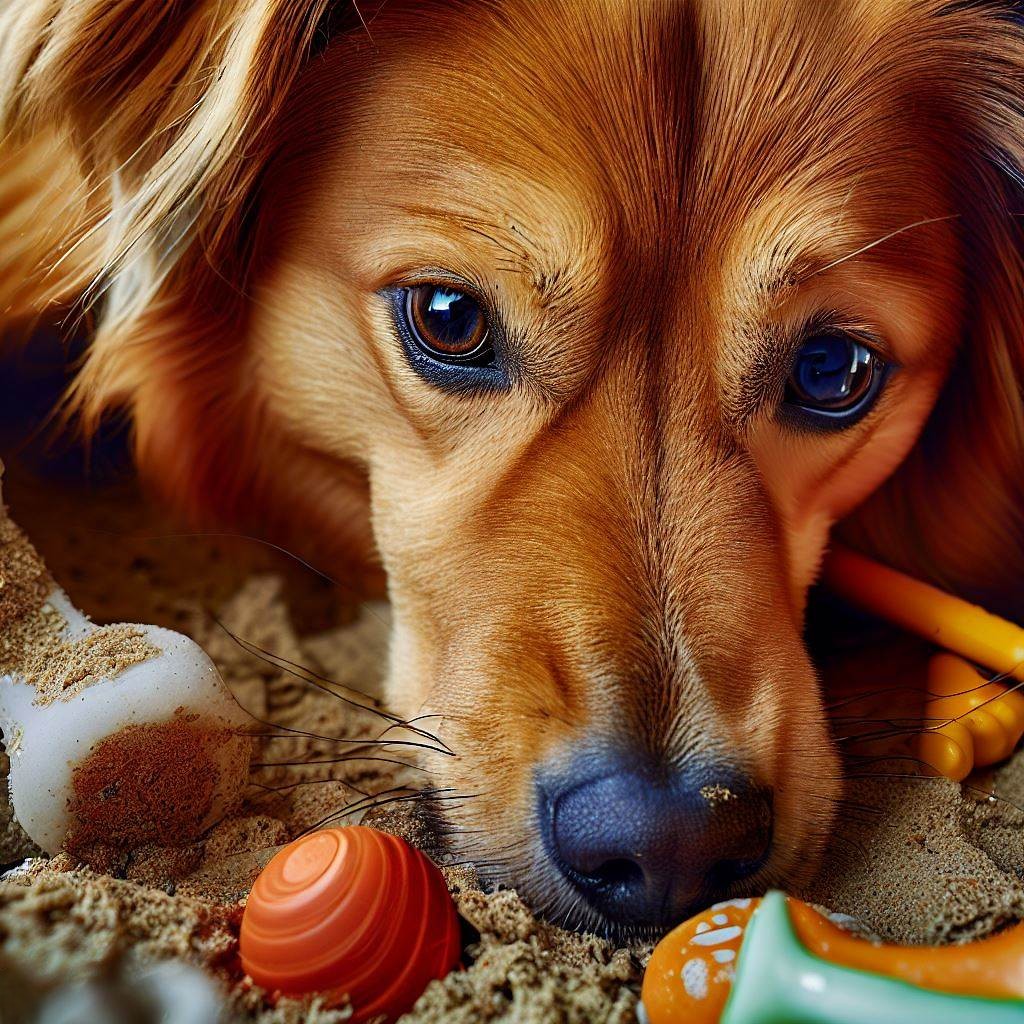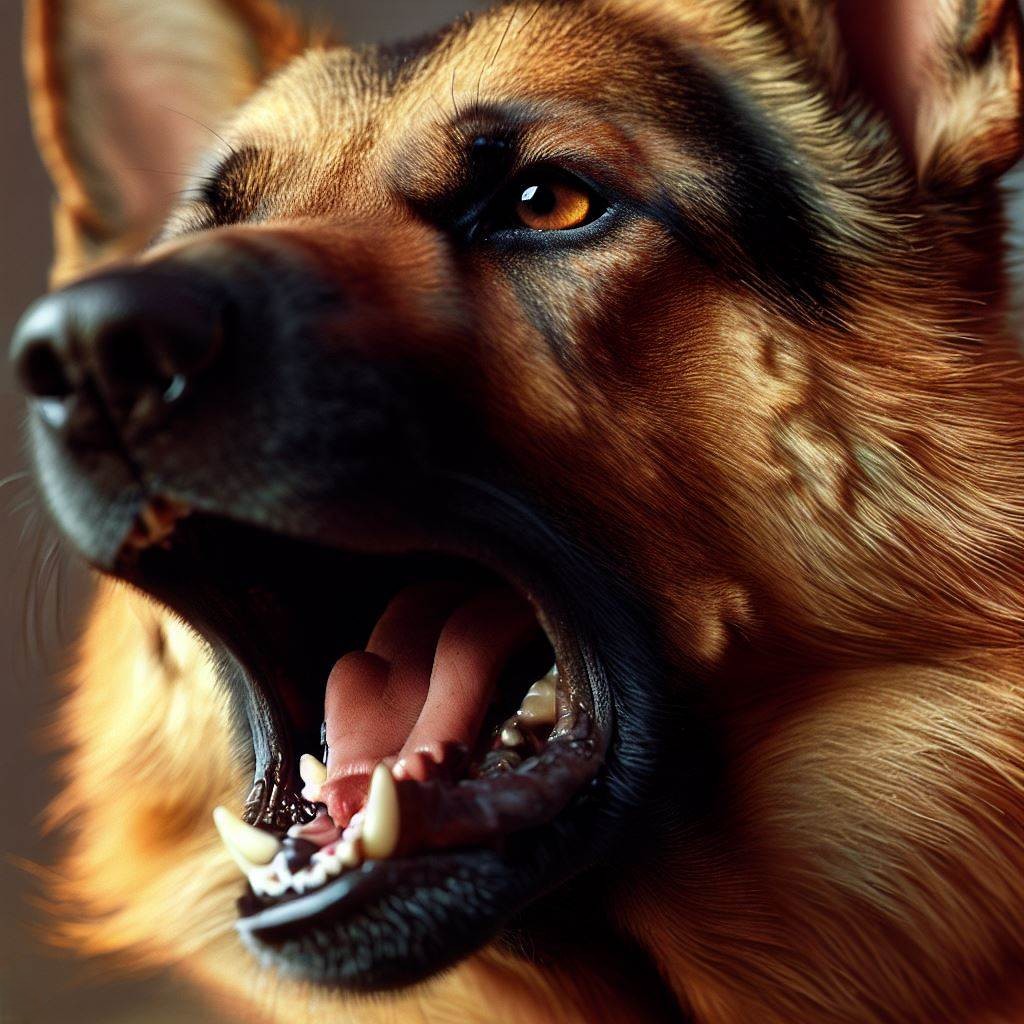The emotional lives of our pets are far richer and more complex than we once believed. Going beyond mere instinct or learned behavior, animals display behaviors that reflect their genuine emotional states. They exhibit a broad range of emotions – from joy and affection to fear and anxiety. Understanding these emotional responses is vital in deepening our bonds with our pets, providing them with the appropriate care and empathy they deserve.
The emotional lives of our pets are far richer and more complex than we once believed. Going beyond mere instinct or learned behavior, animals display behaviors that reflect their genuine emotional states. They exhibit a broad range of emotions – from joy and affection to fear and anxiety. Understanding these emotional responses is vital in deepening our bonds with our pets, providing them with the appropriate care and empathy they deserve.
In the complex world of pet behaviors, learned behaviors play an essential role alongside innate instincts. Our pets, like us, are not solely driven by their genetic blueprint but also by their individual experiences and conditioning. These behaviors, molded by interaction with the environment, offer unique insights into our pets’ minds, allowing us to understand them better and form deeper bonds with them.
In the complex world of pet behaviors, learned behaviors play an essential role alongside innate instincts. Our pets, like us, are not solely driven by their genetic blueprint but also by their individual experiences and conditioning. These behaviors, molded by interaction with the environment, offer unique insights into our pets’ minds, allowing us to understand them better and form deeper bonds with them.
In the complex world of pet behaviors, learned behaviors play an essential role alongside innate instincts. Our pets, like us, are not solely driven by their genetic blueprint but also by their individual experiences and conditioning. These behaviors, molded by interaction with the environment, offer unique insights into our pets’ minds, allowing us to understand them better and form deeper bonds with them.
In the complex world of pet behaviors, learned behaviors play an essential role alongside innate instincts. Our pets, like us, are not solely driven by their genetic blueprint but also by their individual experiences and conditioning. These behaviors, molded by interaction with the environment, offer unique insights into our pets’ minds, allowing us to understand them better and form deeper bonds with them.
In the complex world of pet behaviors, learned behaviors play an essential role alongside innate instincts. Our pets, like us, are not solely driven by their genetic blueprint but also by their individual experiences and conditioning. These behaviors, molded by interaction with the environment, offer unique insights into our pets’ minds, allowing us to understand them better and form deeper bonds with them.
From a dog barking at a perceived threat to a cat retracting its claws, animals exhibit a range of behaviors that are instinctual, meaning they are innately programmed and don’t rely on learning or experience. These instinctual behaviors are fascinating to study and understand, as they provide a window into the genetic blueprint of our pets and their intrinsic survival mechanisms.
From a dog barking at a perceived threat to a cat retracting its claws, animals exhibit a range of behaviors that are instinctual, meaning they are innately programmed and don’t rely on learning or experience. These instinctual behaviors are fascinating to study and understand, as they provide a window into the genetic blueprint of our pets and their intrinsic survival mechanisms.
From a dog barking at a perceived threat to a cat retracting its claws, animals exhibit a range of behaviors that are instinctual, meaning they are innately programmed and don’t rely on learning or experience. These instinctual behaviors are fascinating to study and understand, as they provide a window into the genetic blueprint of our pets and their intrinsic survival mechanisms.

